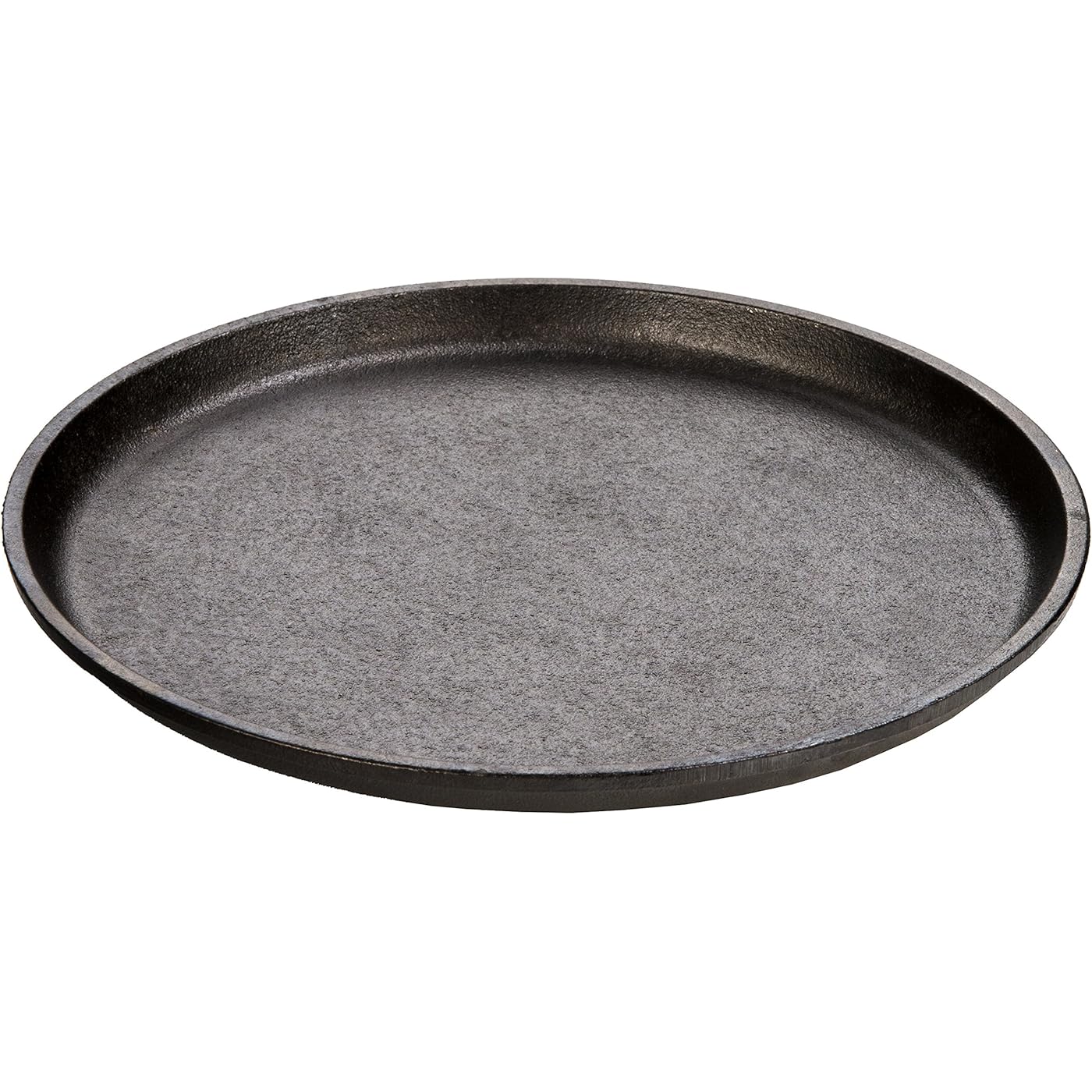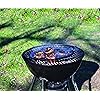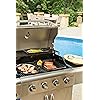







Ready to go? Add this product to your cart and select a plan during checkout. Payment plans are offered through our trusted finance partners Klarna, PayTomorrow, Affirm, Afterpay, Apple Pay, and PayPal. No-credit-needed leasing options through Acima may also be available at checkout.
Learn more about financing & leasing here.
30-day refund/replacement
To qualify for a full refund, items must be returned in their original, unused condition. If an item is returned in a used, damaged, or materially different state, you may be granted a partial refund.
To initiate a return, please visit our Returns Center.
View our full returns policy here.
Style: Round
Features
Description
From a burger and fries combo, to sizzling fajitas, the Lodge 9.25 inch Cast Iron Round Handleless Serving Griddle is the perfect to serve a meal with lasting impression. Seasoned with oil for a natural easy-release finish that improves with use, this griddle is at home in the oven, on the stove, on the grill or over the campfire. Great for induction cooktops! Cast iron is unparalleled in heat retention and even heating, making it brutally tough for decades of cooking. Easy care: hand wash, dry, rub with cooking oil.
Brand: Lodge
Material: Cast Iron
Special Feature: Induction Stovetop Compatible
Color: Black
Capacity: 5 Pounds
Brand: Lodge
Material: Cast Iron
Special Feature: Induction Stovetop Compatible
Color: Black
Capacity: 5 Pounds
Compatible Devices: Smooth Surface Induction
Product Care Instructions: Hand Wash Only
Item Weight: 3 Pounds
Number of Pieces: 1
Is Oven Safe: No
Model Name: L7OGH3
Has Nonstick Coating: No
Is Dishwasher Safe: No
Shape: round
UPC: 075536343709
Global Trade Identification Number: 09, 01
Product Dimensions: 9.43 x 9.43 x 0.62 inches
Item Weight: 2.95 pounds
Manufacturer: Lodge
Country of Origin: USA
Item model number: Lodge Cast Iron Rectangular Griddle
Is Discontinued By Manufacturer: No
Date First Available: May 7, 2012